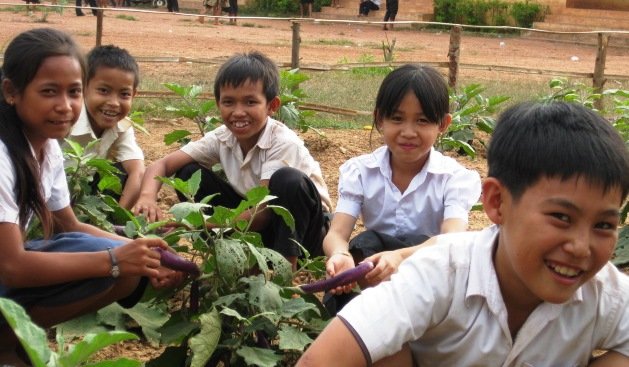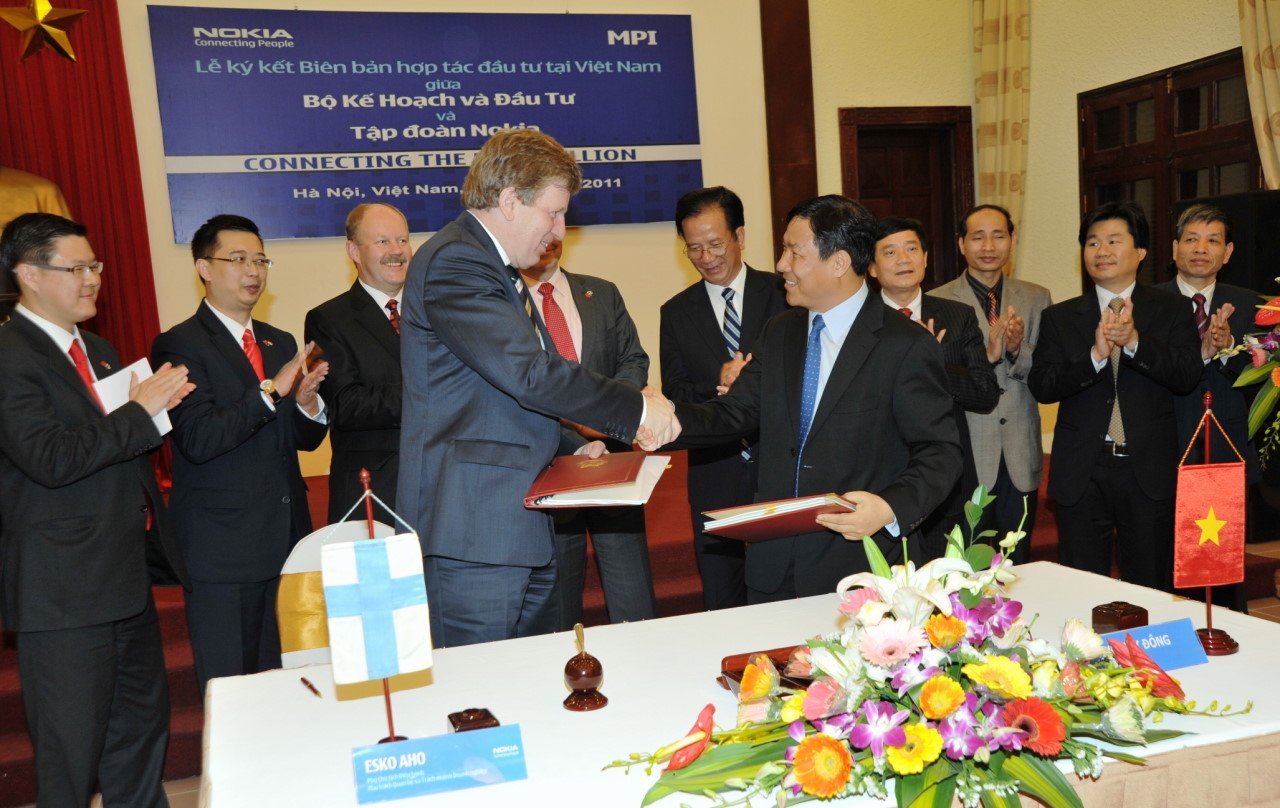Although poor funding is almost certainly the main obstacle standing between Cambodian students and an internationally competitive education, it is certainly not the only thing that needs to be addressed for the Kingdom to start producing world-ready intellectuals. Dara Saoyuth looks at plans turn things around that will put students behind the wheel.
Carrying a green sack on her right shoulder, 7-year-old Chan Eng was opening a rubbish bin along the riverside with a 10-year old boy, looking for empty cans and bottles to sell. Last year she went to a school and studied in grade 1, but three months later, she had to drop out of school because her parents, who work as scavengers, could not afford to pay for her studies. She was asked to scavenge and to make some money to support the family.
She is not the only child in this predicament. About one-third of children in Cambodia aged five to fourteen work, leaving them with less time to concentrate on school, according to a document released in January 2010 by the American Institutes for Research.
In article 48 of the Cambodian Constitution adopted in 1999, it states that “the State shall protect children from acts that are injurious to their educational opportunities,health and welfare”. It is also a government policy to provide children with basic education, from grade 1 to grade 9.
The Child Friendly School, or CFS, is a programme that has been tested and practiced in Cambodia by the Ministry of Education and its development partners in order to implement this policy.
“CFS is a school where educating techniques focus more on children’s rights and all stakeholders have to work together to produce a learning environment that is more friendly to students and to assure them that they can get knowledge, have life skills, have good behaviour and be able to live in society peacefully,”said Mom Meth, a Technical Assistant at the Secondary Department of the Ministry of Education.
The CFS programme is also focused on child centered learning, which means that children take anactive role in their learning and work in a more independent way to discover their potential and uniqueness, while the teachers’ role is to facilitate them.
There are six dimensions in the CFS programme. The first dimension is inclusive education. The second is effective learning; the third,health, safety and child protection;the fourth, gender sensitivity; the fifth, engagement with children,parents and communities; and the sixth, support from educational management structure.
The CFS pilot programme was implemented in 2000 by the Ministry of Education. Some NGOs and development partners such as UNICEF, Save the Children and Kampuchean Action for Primary Education (KAPE) are helping with some primary schools in Cambodia.
Kou Boun Kheang, a Senior Education Program Advisor at Save the Children, said the organisation has supported CFS since 2000, but is mainly focused on the first, second and sixth dimensions that relate to schools seeking out excluded children, effective learning and school management structure.
“We look around so we can clearly find children who are not able to go to school,” Kou Bounkheang said when explaining how they find excluded children. He added that after finding them, his organisation will then make contact with their parents, explain things to them and give a loan or scholarship to the family and children to make sure they can go to school.
Minister of Education Im Sethy officially approved and announced on December 14, 2007, that all schools in the country should implement the Child Friendly School programme.In the Education Sector Plan for 2006-2010 from the ministry,one priority is to initiate CFS in all 24 provinces to build some quality in basic education.
Por Sokhoeun, a director at the Hor Namhong Sangker secondary school in Kampong Cham, said he adopted the CFS programme in March 2010 and has organised classrooms, school environments,teaching and learning techniques based on the CFS programme.
“It’s different from schools that haven’t practiced the programme because here, students are mobile from one room to another according to the subjects they are studying, unlike in previous times when they had to sit in one room for all subjects,”said Por Sokhoeun. He added that this has improved the quality of education because both the students and teachers can find all the equipment they need for each subject.
Por Sokhoeun gave, as an example,a geography class where there are maps, globes, pictures and tools related to the subject of geography, so students feel they are sitting in a room full of knowledge and they can absorb as much as they want.
No matter how good the programme is, it has not yet reached all schools in the Kingdom, especially for secondary education.
Liesbeth Roolvink, a Basic Education Advisor at World Education,said: “Officially the policy refers to CFS as a policy for basic education. However, the strong focus has been on primary schools and only a small number of pilot schools in lower secondary have applied the policy so far.”
She also acknowledged that the number is expanding and mentioned the project she is working on, Improved Basic Education in Cambodia(IBEC), is being implemented in 101 secondary schools in Kampong Cham, Kratie and Siem reap,and Care International is supporting it in lower secondary schools in Ratanakiri.
“For some schools that never received support in the process of adopting CFS, this may be a little difficult and therefore, they have decided to make three different development stages, basic, medium and advanced,” said Liesbeth Roolvink. “The basic level has a small number of very basic CFS requirements that schools are expected to do and this should be possible with the use of programme based budget and guidance of district technical monitoring teams.Once schools have the basic requirements in place and successfully implemented, they will move up to the next development level and for this level, there are new and more activities that must be implemented,”she explained.
Chum Sophea, director of the primary education department at the ministry of education, agreed that the level of practicing CFS is not the same for all schools based on the resources each school has.
“In some primary schools, there are only classes from grade 1 to grade 2 or 3 with a few teachers, so practicing CFS cannot be the sameas other schools that have enough resources,” said Chum Sophea, who added that the ministry plans to build more rooms and provide more teachers for schools that don’t haveclasses from grade 1 to 6 and lack teachers, so every school can develop their level of the CFS proagramme.
“Now we have 6,767 primary schools across the country and we plan to build around 400 more this year, so with 95-96 percent of children in school presently, there will be no Cambodian children that are out of school in 2015.”
By: Dara Saoyuth This article was publish on LIFT, Issue 65 published on April 06, 2011



